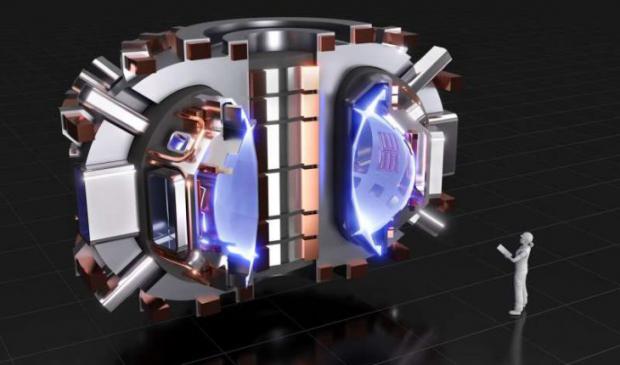
Breaking News
 Stop Buying Confusing Cheese Cultures (Make This "Lost" Starter Instead)
Stop Buying Confusing Cheese Cultures (Make This "Lost" Starter Instead)
 George Galloway Speaks Out on Being Forced Into Exile After Criticizing Ukraine War
George Galloway Speaks Out on Being Forced Into Exile After Criticizing Ukraine War
 "The wheels are falling off the Trump Administration" and Susie Wiles is to blame
"The wheels are falling off the Trump Administration" and Susie Wiles is to blame
 How to Make Car Insurance Affordable Again
How to Make Car Insurance Affordable Again
Top Tech News
 Latest Comet 3I Atlas Anomolies Like the Impossible 600,000 Mile Long Sunward Tail
Latest Comet 3I Atlas Anomolies Like the Impossible 600,000 Mile Long Sunward Tail
 Tesla Just Opened Its Biggest Supercharger Station Ever--And It's Powered By Solar And Batteries
Tesla Just Opened Its Biggest Supercharger Station Ever--And It's Powered By Solar And Batteries
 Your body already knows how to regrow limbs. We just haven't figured out how to turn it on yet.
Your body already knows how to regrow limbs. We just haven't figured out how to turn it on yet.
 We've wiretapped the gut-brain hotline to decode signals driving disease
We've wiretapped the gut-brain hotline to decode signals driving disease
 3D-printable concrete alternative hardens in three days, not four weeks
3D-printable concrete alternative hardens in three days, not four weeks
 Could satellite-beaming planes and airships make SpaceX's Starlink obsolete?
Could satellite-beaming planes and airships make SpaceX's Starlink obsolete?
 First totally synthetic human brain model has been realized
First totally synthetic human brain model has been realized
 Mach-23 potato gun to shoot satellites into space
Mach-23 potato gun to shoot satellites into space
 Blue Origin Will Increase New Glenn Thrust 15-25% and Make Rocket Bigger
Blue Origin Will Increase New Glenn Thrust 15-25% and Make Rocket Bigger
 Pennsylvania Bill – 'Jetsons Act' – Aims To Green-Light Flying Cars
Pennsylvania Bill – 'Jetsons Act' – Aims To Green-Light Flying Cars
SPARC Fusion Reactor on Track for 2035

SPARC is a compact, high-field, DT burning tokamak, from the Massachusetts Institute of Technology and Commonwealth Fusion Systems.
The SPARC design with a 12.2 tesla magnetic field and 8.7 megaamps and Ion Cyclotron Range of Frequency Heating (ICRF) power up to 25 MW targets a minimum fusion gain over double the input power with output power. SPARC should get over ten times the input power (Q > 10) and 140 MW of fusion. This would mean SPARC will be burning plasma at those performance levels.
The SPARC project was launched in early 2018. they have been working on the superconducting magnets that are key to making the fusion system much smaller.



